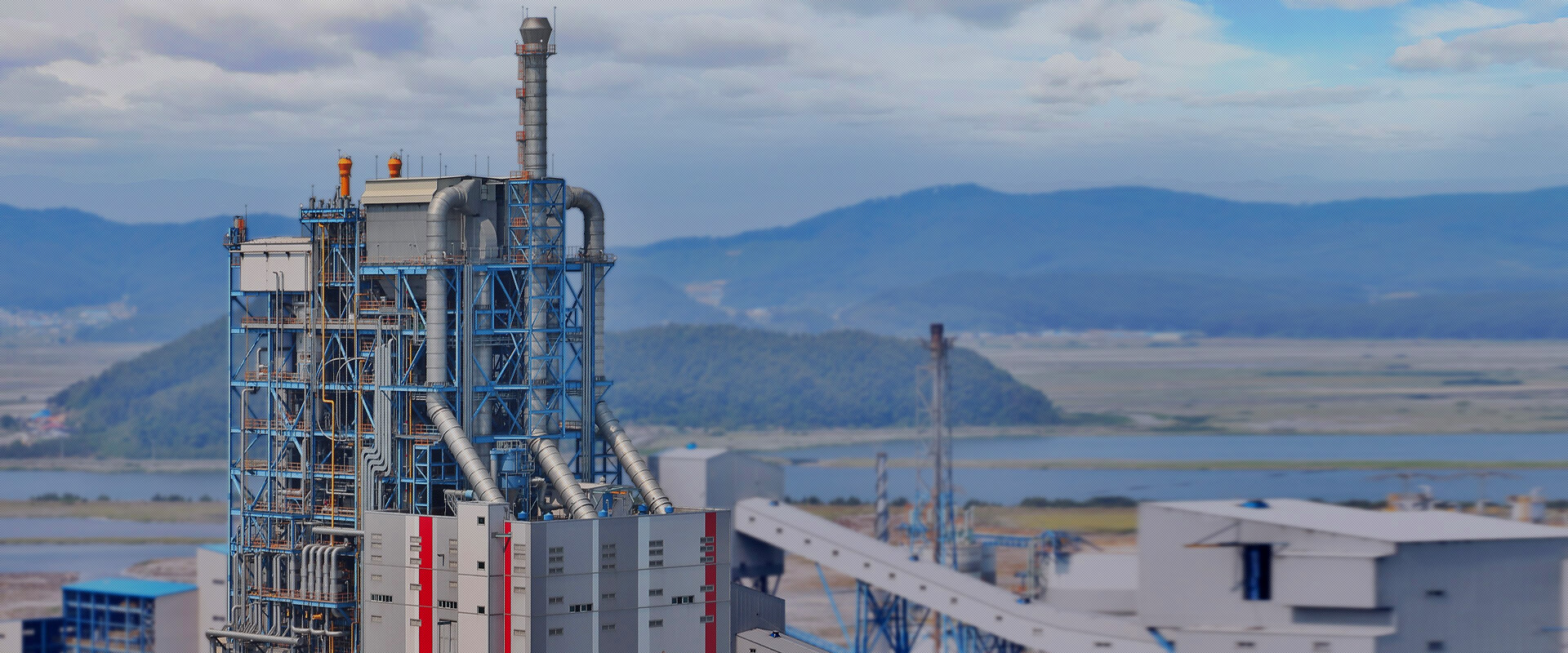Working principle of steam turbine
The working principle of steam turbines is divided into two categories: impulsive and reactionary.
The process of converting steam thermal energy into kinetic energy of an impulse steam turbine is only carried out in the nozzle, while the working blade only converts the kinetic energy of the steam into mechanical energy, that is, the steam expands in the nozzle, the speed increases, and the temperature and pressure decrease. Part of its kinetic energy is converted into mechanical energy (the steam velocity is reduced), and because the cross section of the inter-channel of the blade along the flow direction remains unchanged, the steam no longer expands and the pressure no longer decreases;
The steam in the reaction steam turbine expands in the stator blades, the pressure and temperature decrease, the flow rate increases, and then enters the moving blades (working blades), due to the change of the cross-section shape of the grooves between the moving blades along the flow direction and the cross-sections of the grooves between the stationary blades The same, so the steam continues to expand in the moving blade, and the pressure is also reduced. Because the direction of the steam changes when flowing along the inner arc of the moving blade, the blade is not only affected by the impact force, but also by the steam in the moving blade. Expansion, high-speed spraying away from the moving blades to produce the effect of reaction power, the combined force of the impulse and the reaction is the force that the moving blades bear. It is also done in the moving blades.


